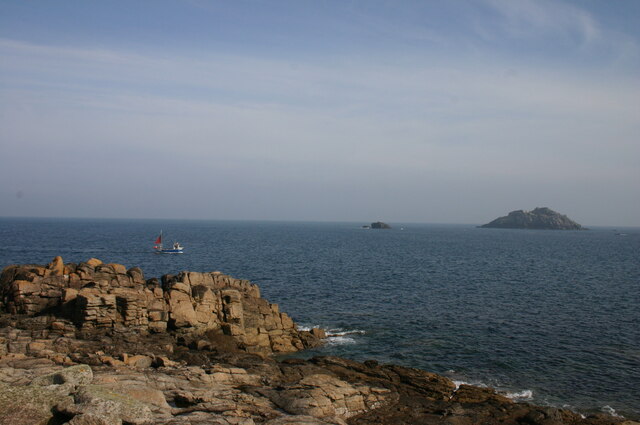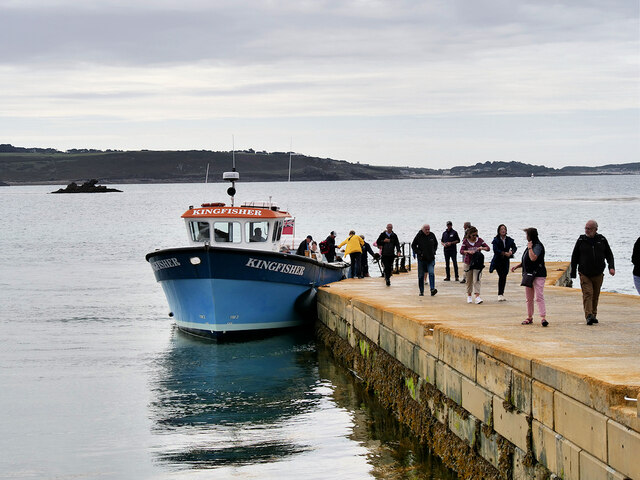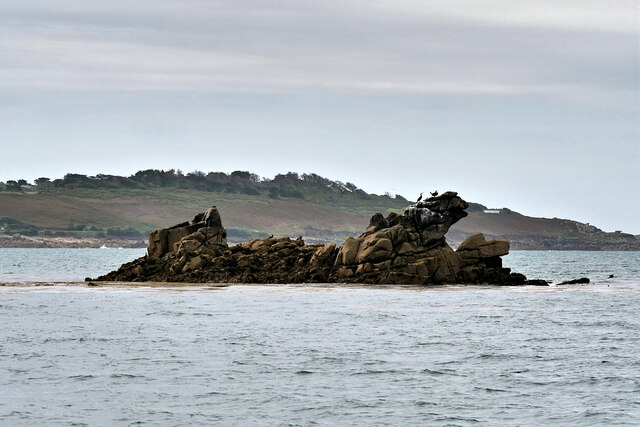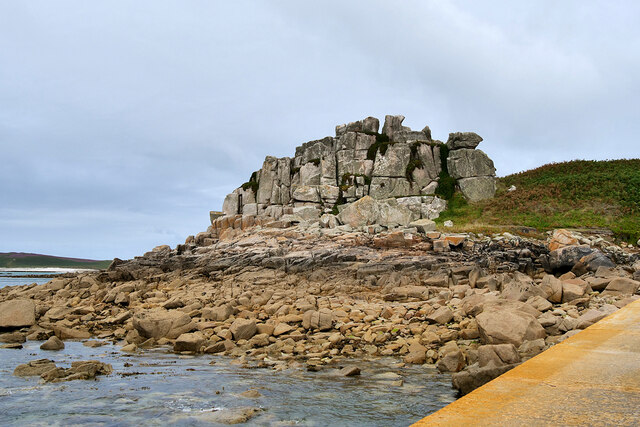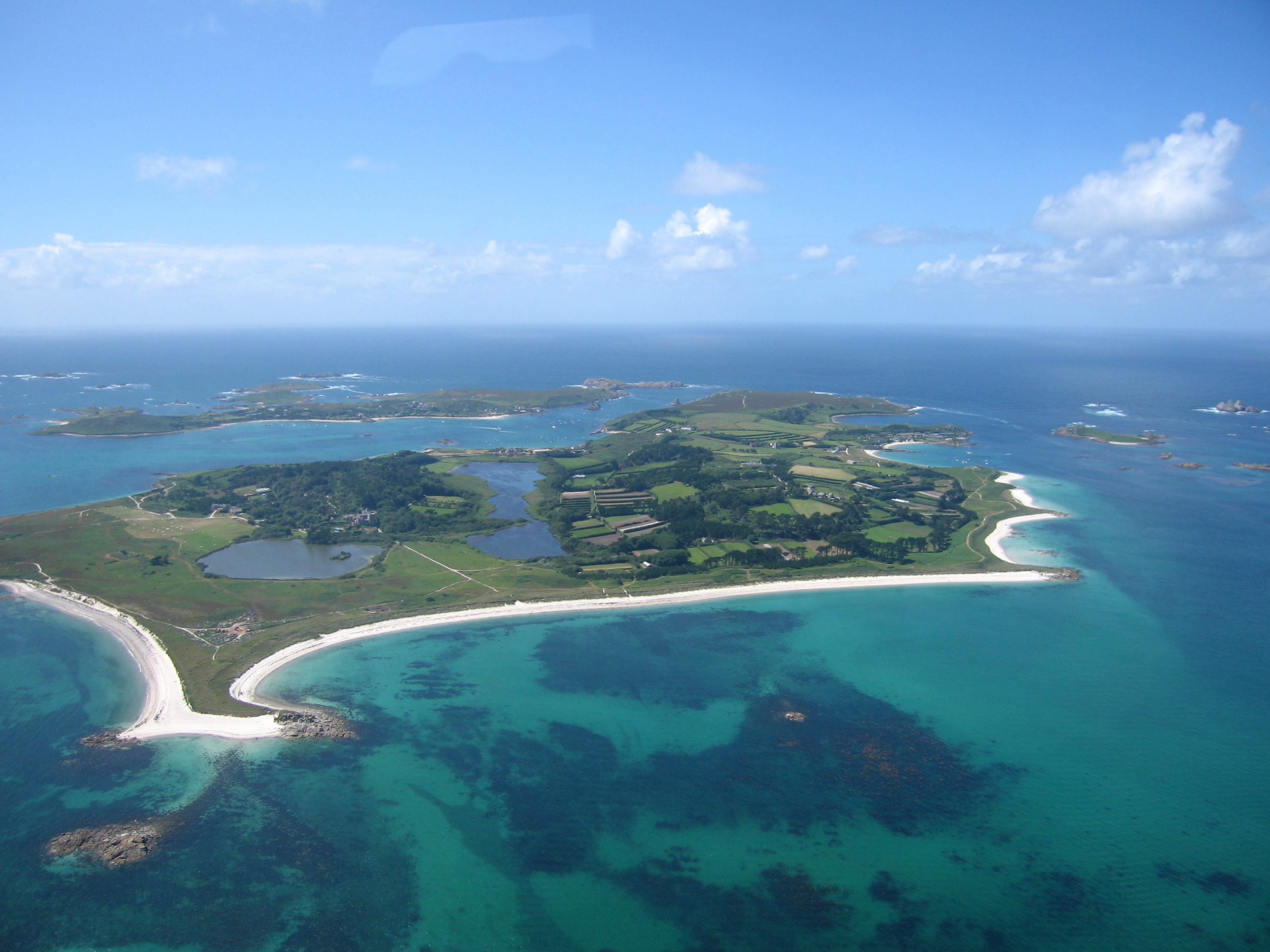Lizard Point
Coastal Marsh, Saltings in Cornwall
England
Lizard Point

Lizard Point is a mesmerizing coastal area located in Cornwall, England. Situated on the Lizard Peninsula, it is the southernmost point of mainland Britain and is known for its stunning natural beauty and unique ecosystem. The area is characterized by its coastal marshes and saltings, which provide a vital habitat for a diverse range of plant and animal species.
The coastal marshes at Lizard Point are a haven for wildlife enthusiasts and nature lovers. The marshland is home to various species of birds, including rare and migratory birds such as the peregrine falcon and the chough. Visitors can often spot these magnificent creatures soaring through the sky or perched on the cliffs that line the coastline.
In addition to the avian population, the marshes also support a rich variety of plant life. Salt-tolerant vegetation like sea lavender and thrift thrive in this unique coastal environment, adding splashes of color to the landscape. These plants play a crucial role in stabilizing the marshes and protecting them against erosion caused by the relentless tide.
The saltings, or salt marshes, at Lizard Point are equally fascinating. These areas are regularly flooded by seawater during high tides and provide a valuable habitat for marine life. Visitors may spot various species of crabs, shellfish, and small fish that have adapted to the brackish water conditions.
Lizard Point's coastal marshes and saltings are not only a haven for wildlife but also a popular destination for hikers and walkers. The area offers breathtaking coastal views, with rugged cliffs and crashing waves creating a dramatic backdrop. Nature trails wind through the marshland, allowing visitors to explore the unique ecosystem while immersing themselves in the tranquility of the surroundings.
Overall, Lizard Point's coastal marshes and saltings are a remarkable natural treasure, offering a glimpse into the diverse and delicate ecosystems that thrive on the rugged coast of Cornwall.
If you have any feedback on the listing, please let us know in the comments section below.
Lizard Point Images
Images are sourced within 2km of 49.953586/-6.3190478 or Grid Reference SV9014. Thanks to Geograph Open Source API. All images are credited.













Lizard Point is located at Grid Ref: SV9014 (Lat: 49.953586, Lng: -6.3190478)
Division: Isles of Scilly
Unitary Authority: Isles of Scilly
Police Authority: Devon and Cornwall
What 3 Words
///tolerates.forced.slack. Near Tresco, Isles of Scilly
Nearby Locations
Related Wikis
Old Blockhouse
The Old Blockhouse, also known as the Dover Fort, is a 16th-century fortification on the island of Tresco in the Isles of Scilly. It was built between...
Tresco, Isles of Scilly
Tresco (Cornish: Enys Skaw, lit. 'island of elder-trees') is the second-biggest island of the Isles of Scilly. It is 297 ha (1.15 sq mi) in area, measuring...
Tresco Priory
Tresco Priory is a former monastic settlement on Tresco, Isles of Scilly founded in 946 AD. It was re-founded as the Priory of St Nicholas by monks from...
Tresco Abbey Gardens
Tresco Abbey Gardens are located on the island of Tresco in the Isles of Scilly, United Kingdom. The 17 acre gardens were established by the nineteenth...
Nearby Amenities
Located within 500m of 49.953586,-6.3190478Have you been to Lizard Point?
Leave your review of Lizard Point below (or comments, questions and feedback).
